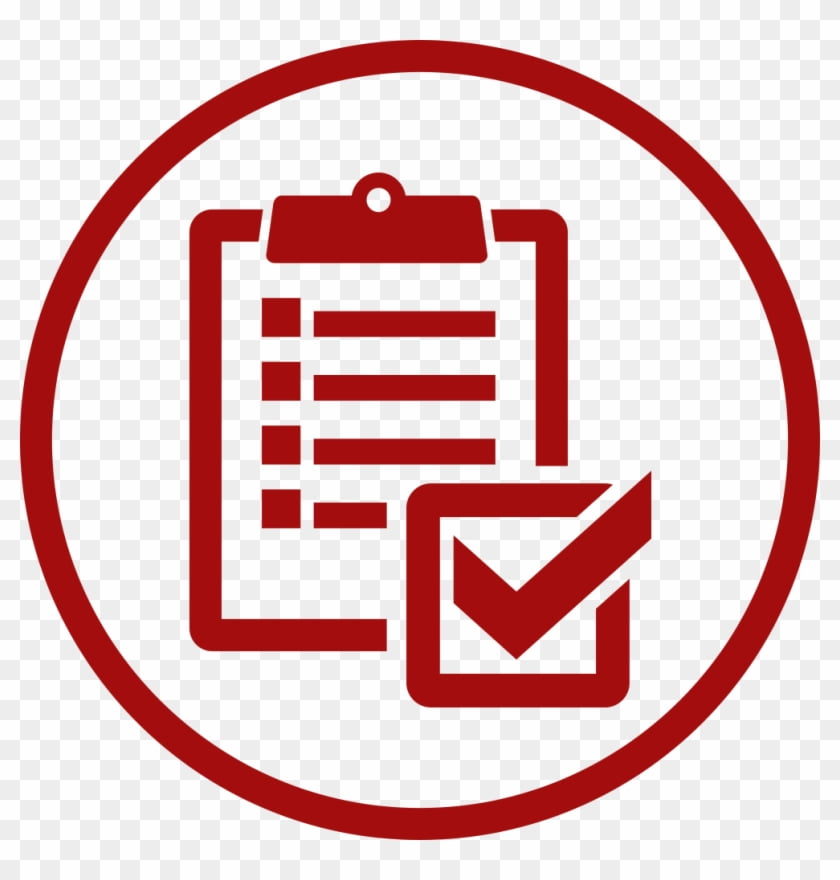Unleash the power of influencer marketing to skyrocket your brand's growth. Discover the secrets now!
Updated at: 2025-08-19 10:22:34 (4 months ago by Melkisedeck Leon Shine)
```html
Unlocking Brand Growth: A Strategic Guide to Influencer Marketing
In today's digitally driven marketplace, influencer marketing has emerged as a pivotal strategy for brands aiming to amplify their reach and cultivate meaningful connections with their target demographics. By strategically partnering with influential figures who command respect and authority within specific niches, businesses can effectively tap into established audiences and leverage pre-existing credibility to showcase their offerings. This comprehensive guide provides a fifteen-step roadmap to harnessing the power of influencer marketing for substantial and sustainable brand growth.
15 Strategic Steps to Influencer Marketing Success
1. Define Your Ideal Customer Profile: The cornerstone of any successful marketing endeavor, including influencer marketing, is a deep understanding of your target audience. Begin by meticulously defining your ideal customer profile, considering not only demographics such as age, gender, and location, but also psychographics like interests, values, online behavior, and pain points. This comprehensive understanding of your audience serves as the compass that guides your influencer selection process, ensuring that you partner with individuals who resonate authentically with your target market. Applying the principles of Market Segmentation helps to break down the larger market into smaller, more manageable segments.
2. Identify and Vett Potential Influencers: Armed with a clear understanding of your target audience, embark on the journey of identifying and vetting potential influencers. Prioritize individuals who demonstrate a robust online presence, characterized by consistent and high-quality content, genuine engagement rates (likes, comments, shares), and authentic connections with their followers. A critical element of this stage is to ensure that the influencer's content aligns seamlessly with your brand's values, industry, and overall messaging. Conduct a thorough audit of their past campaigns and collaborations to assess their suitability for your brand. This process aligns with the principles of Strategic Alignment, ensuring that the influencer's objectives are in harmony with your brand's goals.
3. Establish SMART Goals: The foundation of any successful marketing campaign lies in setting clear and measurable objectives. Articulate specific, measurable, achievable, relevant, and time-bound (SMART) goals for your influencer marketing campaign. Whether your primary objective is to elevate brand awareness, drive tangible sales conversions, amplify social media engagement, or generate qualified leads, clearly defined objectives will serve as the bedrock for your strategy and facilitate effective measurement of results. The application of the SMART framework ensures that your goals are well-defined and contribute to the overall success of your campaign.
4. Cultivate Authentic, Long-Term Relationships: Influencer marketing is not merely a transactional exchange; it's about fostering authentic, long-term relationships. Cultivate genuine relationships with influencers by engaging with their content, participating in conversations, and demonstrating sincere appreciation for their work. This reciprocal engagement builds trust and lays the foundation for mutually beneficial collaborations that extend beyond a single campaign. Consider the principles of Relationship Marketing, which emphasize building enduring connections with key stakeholders.
5. Collaborate on High-Quality, Engaging Content: Content is king in the realm of influencer marketing. Work closely with influencers to co-create high-quality, engaging content that seamlessly aligns with your brand's voice, values, and aesthetic. Emphasize originality and creativity to capture the attention of their audience and leave a lasting impression. Encourage influencers to infuse their unique perspective and style into the content, while ensuring it remains consistent with your brand messaging. This collaborative approach maximizes the impact and authenticity of the content, resonating deeply with the target audience. Drawing from the principles of Content Marketing, focus on creating valuable, relevant, and consistent content to attract and retain a clearly defined audience.
6. Diversify Platforms and Content Formats: In today's fragmented media landscape, it's crucial to avoid limiting your reach to a single platform. Explore diverse channels such as Instagram, YouTube, TikTok, Facebook, and emerging platforms to maximize your audience reach and cater to different preferences. Experiment with various content formats, including visually compelling videos, engaging stories, informative blog posts, interactive live streams, and user-generated content campaigns. By diversifying your platform and content strategy, you can effectively reach a broader audience and enhance your brand's visibility. This approach reflects the principles of Integrated Marketing Communications, which emphasize coordinating your messaging across multiple channels to deliver a consistent and unified brand experience.
7. Track, Measure, and Analyze Performance: Data-driven decision-making is paramount in influencer marketing. Employ robust analytics tools to meticulously track the performance of your influencer campaigns. Monitor key metrics such as reach (the number of unique users exposed to your content), engagement (likes, comments, shares), website traffic (referral traffic from influencer campaigns), conversions (sales, leads, sign-ups), and brand mentions. Leverage data-driven insights to refine your strategy, optimize future collaborations, and demonstrate the ROI of your influencer marketing efforts. This data-centric approach aligns with the principles of Marketing Analytics, which involve collecting, analyzing, and interpreting marketing data to improve decision-making and optimize marketing performance.
8. Incentivize Engagement with Exclusive Offers: Motivate engagement and drive conversions by offering influencers' followers exclusive discounts, promotions, or early access to products or services. This creates a sense of urgency and exclusivity, incentivizing their audience to take immediate action. Tailor the offers to align with the influencer's audience and the overall campaign objectives. This strategy leverages the principles of behavioral economics, which suggest that consumers are more likely to take action when presented with compelling incentives and a sense of scarcity.
9. Leverage Giveaways and Contests: Collaborate with influencers to host engaging giveaways or contests that require audience participation and interaction with your brand. This tactic effectively expands brand awareness, generates excitement, attracts new customers, and fosters a sense of community. Define clear rules for participation and ensure that the prizes align with the interests of the target audience. Giveaways and contests are particularly effective for generating buzz and driving social media engagement, contributing to overall brand visibility and reach.
10. Amplify User-Generated Content: Actively monitor user-generated content (UGC) related to your brand and influencer campaigns. Engage with your audience by liking, commenting, sharing, and reposting their content. UGC serves as authentic social proof, fostering brand loyalty and encouraging further engagement. By showcasing positive experiences and testimonials from real customers, you can build trust and credibility with your broader audience. This strategy aligns with the principles of Community Marketing, which focus on building and nurturing relationships with your customers to create a loyal and engaged community.
11. Embrace Micro-Influencers: Don't overlook the power of micro-influencers, who may possess smaller followings but often boast highly engaged and loyal audiences within specific niches. Their targeted reach can be exceptionally effective for niche marketing, offering a cost-effective way to connect with highly relevant audiences. Micro-influencers often have a more authentic and personal connection with their followers, leading to higher engagement rates and greater influence over purchasing decisions. This approach is particularly valuable for brands targeting specific niche markets or demographics.
12. Showcase Positive Reviews and Testimonials: Amplify the impact of positive reviews and testimonials from influencers by prominently featuring them on your website, social media profiles, and email marketing campaigns. Social proof, in the form of influencer endorsements, builds trust and credibility with your broader audience, influencing purchasing decisions and brand perception. Consider creating dedicated sections on your website to showcase influencer reviews and testimonials, highlighting the benefits of your products or services from a trusted source.
13. Establish Affiliate Programs: Consider implementing an affiliate program with influencers, providing them with a commission on each sale generated through their unique referral links. This incentivizes influencers to actively promote your brand and drive conversions, aligning their interests with your business goals. Affiliate programs offer a performance-based marketing model, ensuring that you only pay for results, making it a cost-effective way to drive sales and expand your customer base.
14. Prioritize Transparency and Authenticity: Transparency is paramount in all influencer marketing collaborations. Ensure that influencers clearly disclose their partnerships with your brand to maintain authenticity and comply with relevant advertising regulations (e.g., FTC guidelines). Failure to disclose partnerships can erode trust and damage your brand's reputation. Encourage influencers to be upfront and honest about their relationship with your brand, fostering transparency with their audience.
15. Adapt and Optimize Continuously: Influencer marketing is an iterative process, not a one-time event. Continuously evaluate campaign performance, analyze data, and adapt your strategies to optimize results over time. Stay abreast of emerging trends, platform updates, and changes in consumer behavior. Embrace a mindset of continuous improvement, refining your influencer marketing strategies to maximize their effectiveness and achieve sustained success. The concept of Lifelong Learning is particularly relevant, emphasizing the need to continuously acquire new knowledge and skills to remain competitive in the ever-evolving digital landscape. Also, reading articles like Lifelong Learning: A Roadmap to Personal and Professional Growth, can help improve ones knowledge.
Conclusion and Recommendations
In conclusion, influencer marketing represents a powerful strategy for brands seeking to enhance their visibility, credibility, and engagement in the digital sphere. By diligently implementing these fifteen steps, businesses can effectively leverage the influence and reach of key individuals to connect with their target audience in a meaningful and authentic way. The key lies in building genuine relationships, crafting compelling content, consistently measuring results, and adapting to the ever-changing digital landscape. Furthermore, it's crucial to integrate influencer marketing into a broader marketing strategy, aligning it with overall business objectives. Remember, the success of influencer marketing hinges on authenticity, transparency, and a commitment to delivering value to both the influencer's audience and your brand. By focusing on these core principles, brands can unlock the full potential of influencer marketing and achieve sustainable growth. The insights gained from a well-executed influencer marketing campaign can be applied across various aspects of your business, from product development to customer service, creating a holistic and customer-centric approach. Moreover, exploring related topics such as Elevating Sales Performance: Strategic Sales Enablement for Revenue Growth can provide a broader perspective on optimizing marketing strategies.
Based on the analysis presented, several recommendations emerge for brands looking to optimize their influencer marketing efforts. Firstly, invest in robust data analytics tools to gain deeper insights into campaign performance and audience engagement. Secondly, prioritize building long-term relationships with influencers, rather than focusing solely on transactional partnerships. Thirdly, diversify your influencer portfolio to include micro-influencers and nano-influencers, who often offer higher engagement rates and more authentic connections with their audience. Fourthly, ensure that all influencer marketing campaigns are fully compliant with advertising regulations, prioritizing transparency and disclosure. Finally, embrace a culture of experimentation, continuously testing new strategies and tactics to optimize your influencer marketing ROI. The applicability of these recommendations extends across various industries and business sizes, offering a practical roadmap for success in the dynamic world of influencer marketing. Further research could explore the impact of artificial intelligence (AI) on influencer marketing, examining how AI-powered tools can be used to identify influencers, optimize content, and personalize audience engagement. Also, you can read content and articles like Igniting Innovation: 15 Leadership Strategies to Cultivate a Creative Culture, to improve and nurture innovation in leadership skills.
Impact and Applicability: A well-executed influencer marketing strategy can significantly impact brand awareness, customer acquisition, and sales growth. By partnering with the right influencers and crafting authentic content, brands can effectively reach their target audience, build trust, and drive conversions. The principles outlined in this guide are applicable across various industries and business sizes, offering a scalable framework for success.
Further Research Suggestions: Future research could explore the long-term impact of influencer marketing on brand loyalty, examining how influencer endorsements influence customer retention and repeat purchases. Additionally, research could investigate the ethical considerations surrounding influencer marketing, focusing on issues such as transparency, authenticity, and the potential for deceptive advertising practices.
Related Articles:
Reader Pool: How do you see the role of AI evolving in influencer marketing, and what ethical considerations should be prioritized as AI becomes more integrated into this space?
```







